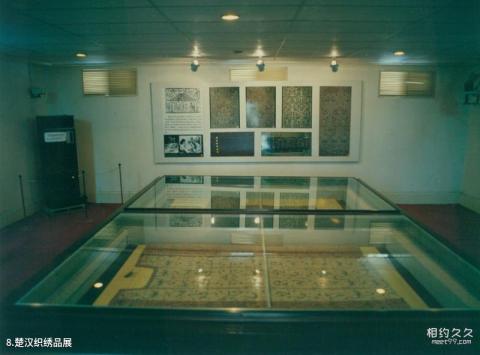
Introduction to the Chu-Han Textile and Embroidery Exhibition: The collections in the Chu-Han Textile and Embroidery Exhibition come from the Chu Tomb No. 1 in Mashan and the Han Tomb No. 167 in Fenghuang Mountain, which are known as the "silk treasure house". They not only embody the It reached the highest level of silk embroidery technology at that time, and was also a treasure for studying the costumes and art of the Chu and Han Dynasties.
Chu Tomb No. 1 in Mashan, Jingzhou is known as the treasure house of silk in ancient China due to the wide variety of silk fabrics produced, exquisite production, well-preserved and early age.
Silk fabrics in the Western Han Dynasty were mostly two-color brocade, and most of them inherited the jacquard technology from the Pre-Qin period. The patterns are mainly animals (leopard, dragon, etc.), arranged in scattered points. The main embroidery patterns are cloud patterns, which are completely different from the style of the pre-Qin period.
